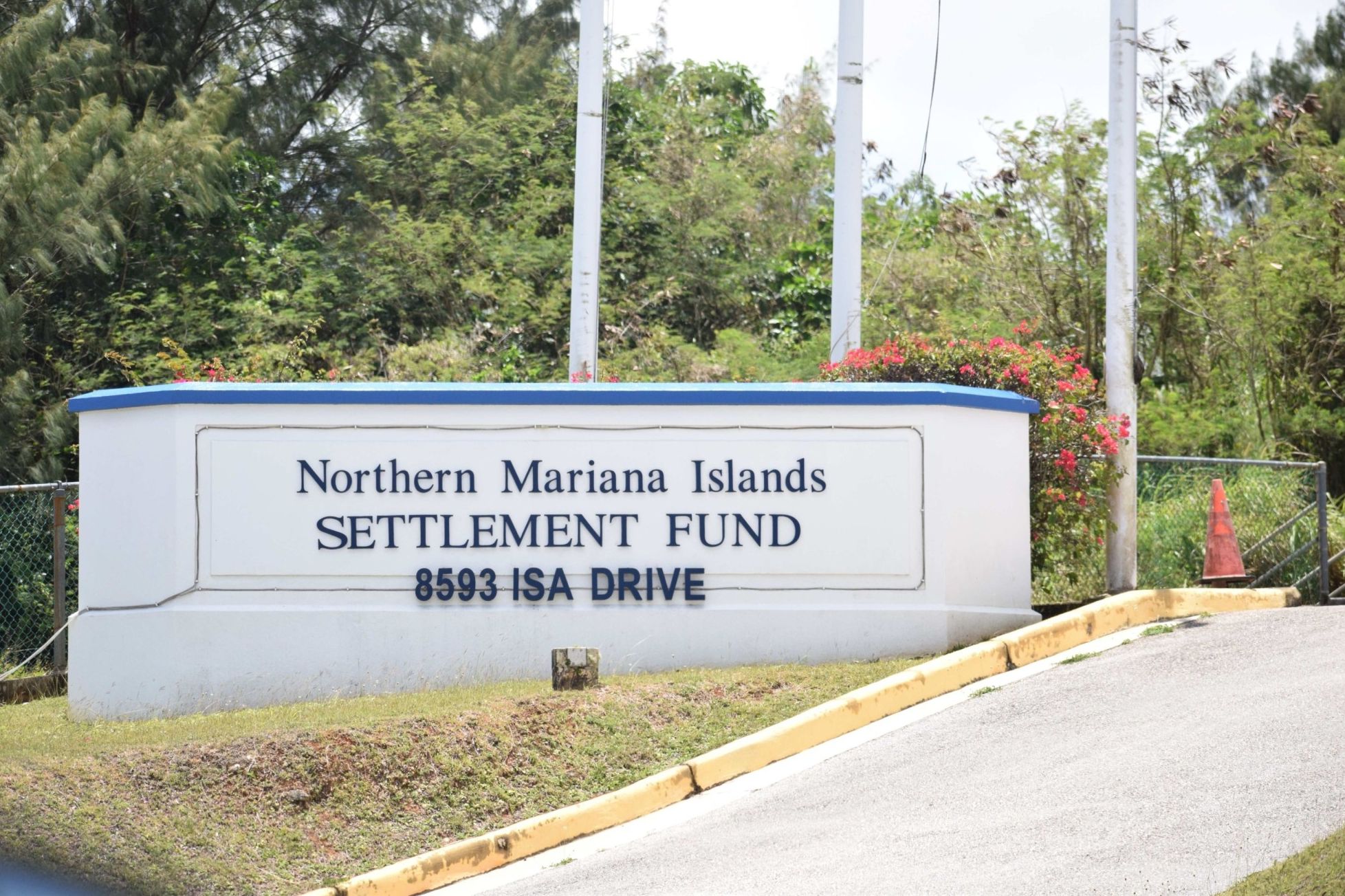
BC Cook
230,000. That is the number of people killed by the earthquake and tsunami that devastated Indonesia in 2004. It is one of the largest and deadliest disasters in all recorded history, yet we don’t even have a name for it. Sumatran Earthquake/Tsunami, South Asian Earthquake/Tsunami, Boxing Day Earthquake/Tsunami are a few.
On December 26, 2004 a massive earthquake occurred along a fault line between two plates of the earth’s crust. It ripped a hole in the bottom of the ocean about 250 miles long and 60 miles wide, the largest rupture ever caused by an earthquake. The earthquake measured around 9.2 on the Richter scale, making it the third largest earthquake ever recorded. The entire planet vibrated. In addition to being one of the largest earthquakes, it was the longest, lasting nearly ten minutes in some places, which is an extremely long time for the earth to continuously shake beneath our feet. They usually last for a few seconds. The shaking was so violent that dormant volcanoes were awakened and over the next few years volcanic eruptions occurred that were activated by the 2004 quake.
Speaking only of the earthquake and not counting the tsunami, the energy released just on the earth’s surface was equal to 1,500 Hiroshima atomic bombs. After you have absorbed that one, here’s another. The total amount of energy released by the quake, including underground, equaled 550 million Hiroshima atomic bombs. To give you something to compare it to, if we could harness the power of that one quake, it would power the United States 24 hours a day for the next 370 years. Let’s focus on the tsunami.
We have all been at the beach, standing in the surf when a three-foot wave crashed into us. It picks you up, throws you five or ten feet, and slams you back into the coral and sand. It hurts. The 2004 earthquake generated a wave 100 feet high. It traveled over 8,000 miles at about 600 miles per hour. The funny thing about a tsunami is that, in open ocean, you hardly feel one pass under your boat. The most you will notice is a brief swell of a few feet that gently puts you back down. But as that wave approaches shore, it slows down, stands up and hits the coast like a wall of concrete. Depending on where the wave struck, it took anywhere from a few minutes to several hours to reach the shores. Some had little warning, others had too much warning, lulled into a false sense of security after nothing happened. In faraway Africa, game wardens noticed that the elephants and other animals started heading away from the coast to higher ground. Not knowing of the coming tsunami, they wondered what provoked the strange behavior in the animals. Afterwards, we know why they moved uphill but we still don’t understand how. How did the animals know danger was coming and knew the correct steps to take to ensure survival? Were they in tune with some rhythm of the earth that indicated trouble was on the way, and even the nature of the danger? Did they communicate with each other? Are we capable of picking up the same early warning signs? If the humans had followed the elephants’ advice, many lives could have been saved.
Where do we begin to assess the human cost of the disaster? Entire towns were wiped off the map. We talk so much about the tsunami that we forget the earthquake alone killed perhaps 200,000 people, before the waves even formed. The extent of the death and destruction can be understood when we contemplate that eight people died in South Africa due to unusually high sea levels and waves caused by the tsunami, 8,000 miles away from the center of the quake. One final statistic from the loss: 51,000 boats were destroyed by the earthquake and tsunami.
BC Cook, PhD lived on Saipan and has taught history for over 30 years. He is a director and historian at Sealark Exploration (sealarkexploration.org)











